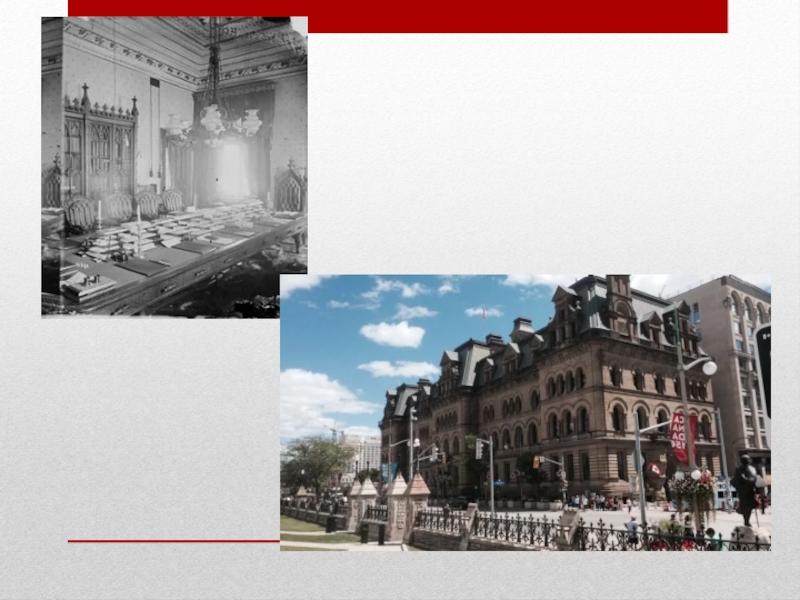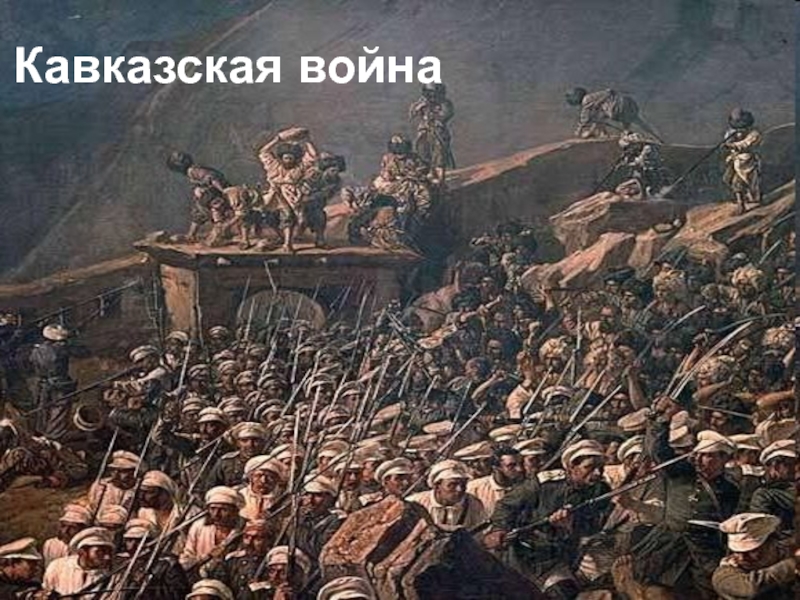Разделы презентаций
- Разное
- Английский язык
- Астрономия
- Алгебра
- Биология
- География
- Геометрия
- Детские презентации
- Информатика
- История
- Литература
- Математика
- Медицина
- Менеджмент
- Музыка
- МХК
- Немецкий язык
- ОБЖ
- Обществознание
- Окружающий мир
- Педагогика
- Русский язык
- Технология
- Физика
- Философия
- Химия
- Шаблоны, картинки для презентаций
- Экология
- Экономика
- Юриспруденция
Queen's Privy Council for Canada
Содержание
- 1. Queen's Privy Council for Canada
- 2. Privy Council, QPCThe Queen's Privy Council for
- 3. The Office of the Prime Minister and Privy Council
- 4. MembershipAs of 2008, the membership of the
- 5. Meeting of the Privy Council.
- 6. HistoryPrime Minister William Lyon Mackenzie King had
- 7. HistoryThe last formal meeting of the Privy
- 8. The first meeting of the Privy Council
- 9. Слайд 9
- 10. Слайд 10
- 11. THANK YOU FOR ATTENTION!
- 12. Скачать презентанцию
Privy Council, QPCThe Queen's Privy Council for Canada, sometimes called Her Majesty's Privy Council for Canada or simply the Privy Council (PC), is the full group of personal consultants to the
Слайды и текст этой презентации
Слайд 4Membership
As of 2008, the membership of the QPC comprises all
living current and former federal cabinet ministers, the Chief Justices
of Canada, and all former Governors General. The Leader of Her Majesty's Loyal Opposition and leaders or other members of opposition parties are inducted into the Privy Council from time to time, either as an honour or so that sensitive information can be disclosed to them under the Security of Information Act. In addition, it is required by law that members of Security Intelligence Review be Privy Councillors, resulting in all nominees being sworn in if they are not already members. Other persons recommended by the Prime Minister have been sworn into the Privy Council as an honour. Under Paul Martin, Parliamentary Secretaries were sworn into the Privy Council.Appointees to the Queen's Privy Council must recite the requisite oath:
«I, [name] , do solemnly and sincerely swear (declare) that I shall be a true and faithful servant to Her Majesty Queen Elizabeth the Second, as a member of Her Majesty's Privy Council for Canada. I will in all things to be treated, debated and resolved in Privy Council, faithfully, honestly and truly declare my mind and my opinion. I shall keep secret all matters committed and revealed tome in this capacity, or that shall be secretly treated of in Council. Generally, in all things I shall do as a faithful and true servant ought to do for Her Majesty»
Provincial premiers do not automatically become Privy Councillors, but have been made members on special occasions (e.g., the centennial of Canadian Confederation in 1967 and the patriation of the Constitution of Canada in 1982). On Canada Day, 1992, the125th anniversary of Canadian Confederation, Gover nor General Ramon Hnatyshyn appointed eighteen prominent Canadians to the Privy Council, including former Premier of Ontario David Peterson, retired hockey star Maurice Richard, and businessman Conrad Black. The use of Privy Council appointments as purely an honour was not employed again until Prime Minister Stephen Harper advised the Governor General to appoint former MP John Reynolds on February6, 2006, along with the new Cabinet. He also advised her to appoint current MP Jim Abbott on October15, 2007.
Слайд 6History
Prime Minister William Lyon Mackenzie King had the Privy Council
convene in 1947 to consent to the marriage of Princess
Elizabeth (later Queen Elizabeth II) to Philip Mountbatten, as per the Royal Marriages Act 1772. The Princess' father, King George VI, had offered an invitation for Mackenzie King to attend when the Privy Council of the United Kingdom met for the same purpose, but the Prime Minister declined and held the meeting of the Canadian Privy Council so as to illustrate the separation between Canada's Crown and that of the UK.The council has assembled in the presence of the sovereign on two occasions: First, at 10:00 am on Thanksgiving Monday of 1957, at the monarch's residence in Ottawa, Rideau Hall. There, Queen Elizabeth II chaired a meeting of 22 of her privy councilors—including her consort, by then Prince Philip, Duke of Edinburgh, whom Elizabeth appointed to the QPC at that conference—and therein approved an Order in Council.
Two years later, the QPC again met before the Queen in Halifax, Nova Scotia, to confirm the appointment of Georges Vanier as governor general. There was originally some speculation that the coming together of the sovereign and her council was not constitutionally sound; however, the prime minister at the time, John Diefenbaker, found no legal impropriety in the idea, and desired to create a physical illustration of Elizabeth's position of Queen of Canada being separate to that of Queen of the United Kingdom.
Слайд 7History
The last formal meeting of the Privy Council was held
in 1981 to give formal consent to the marriage of
the Prince of Wales to Lady Diana Spencer. According to a contemporary newspaper account, the conference, on 27 March at Rideau Hall, consisted of 12 individuals, including Chief Justice Bora Laskin, who presided over the meeting, Prime Minister Pierre Trudeau, several cabinet ministers, Stanley Knowles of the New Democratic Party, and Alvin Hamilton of the Progressive Conservative Party.There, all gathered were informed of the Prince's engagement, nodded their approval, and then toasted their decision with champagne. David Brown, an official in the machinery of government section of the Privy Council Office, told The Globe and Mail that, had the Privy Council rejected the Prince of Wales' engagement, none of his children would have been considered legitimate heirs to the Canadian throne, thus setting up a potential break in the unified link to the crown of each of the Commonwealth realms, in contradiction to the conventional "treaty" laid out in the preamble to the 1931 Statute of Westminster. Following the announcement of the Prince of Wales' engagement to Camilla Parker-Bowles, however, the Department of Justice announced its decision that the Privy Council was not required to meet to give its consent to the marriage, as the union would not result in offspring that would impact the succession to the throne. Prince Charles was himself appointed to the council on 18 May 2014.






























